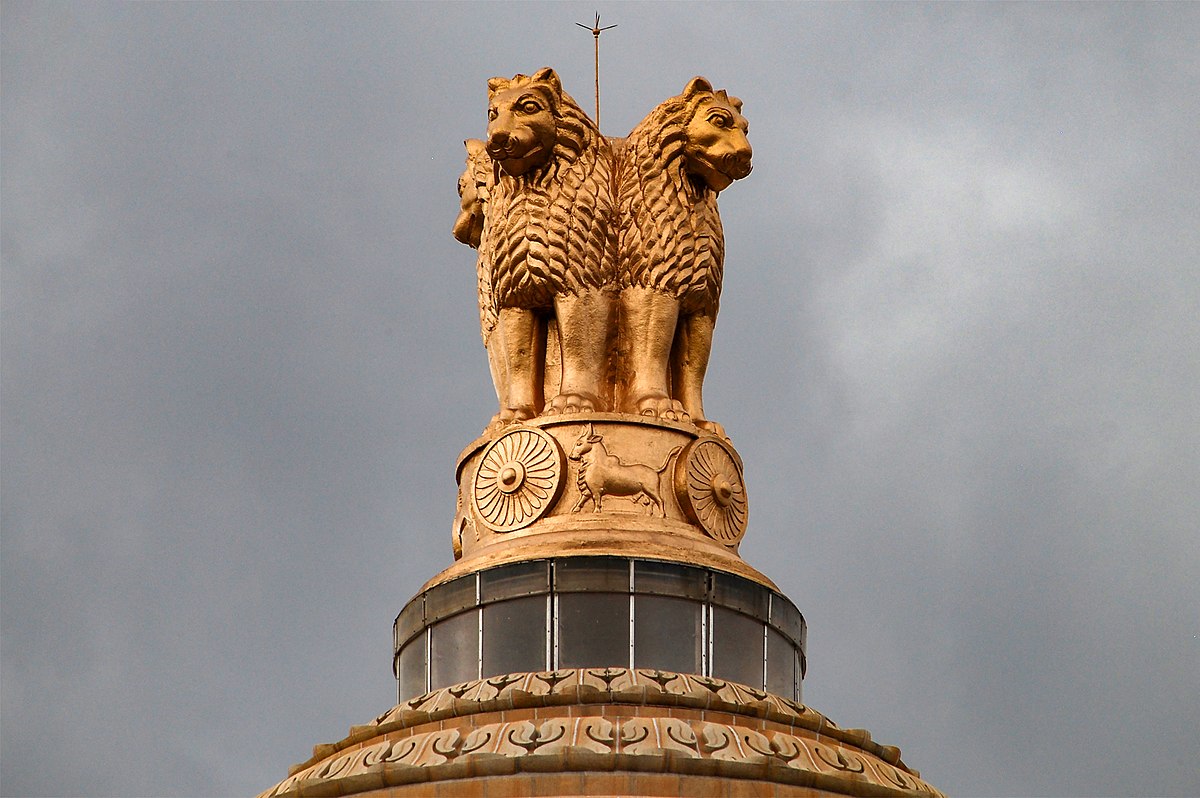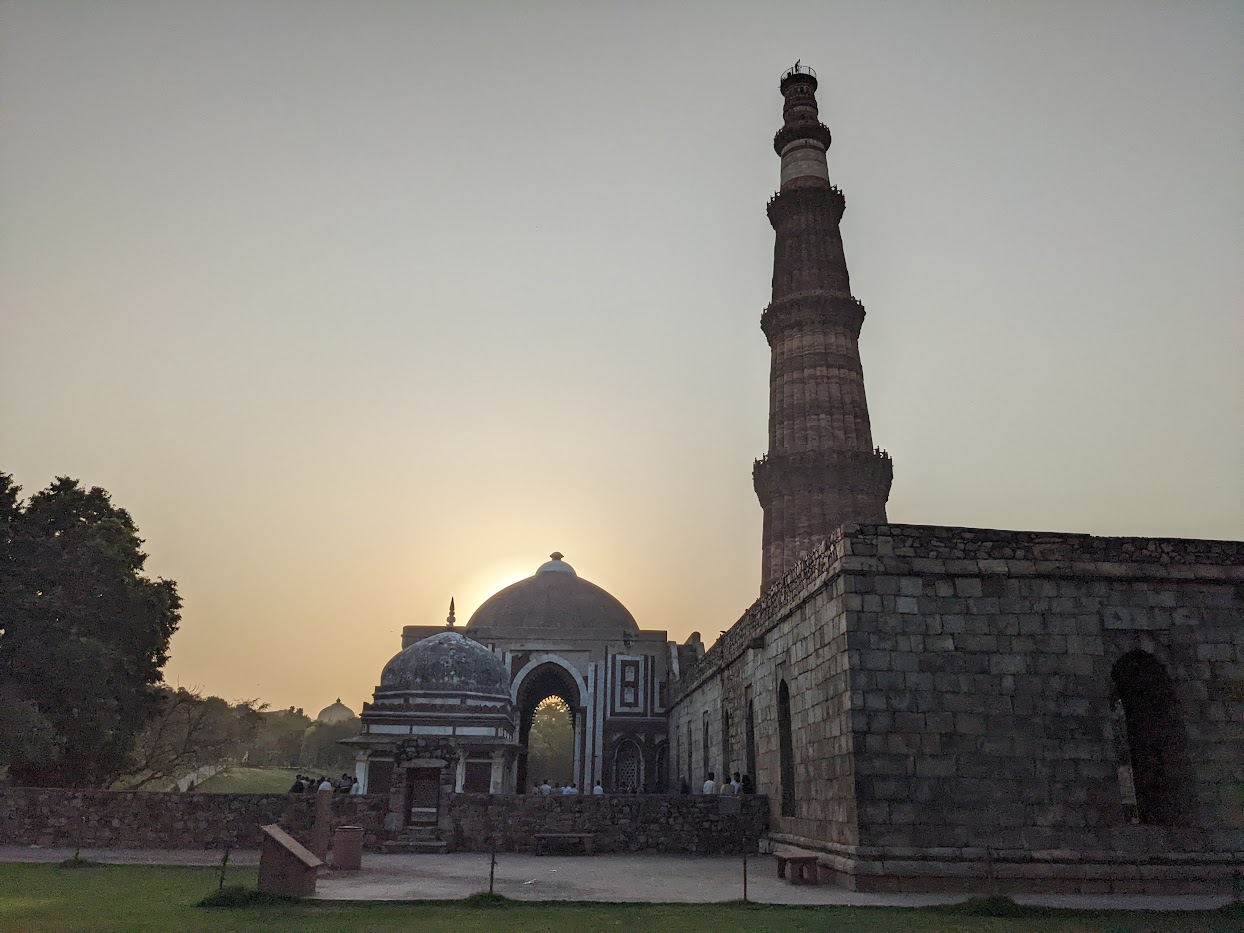
Script for the Youtube Video:

Script for the Youtube Video:
Recently there was a debate on Twitter about whether the legacy of the Indo-Aryans, one of the most impactful descendants of the Sintastha culture, was positive, significant and worthy of admiration. More generally, what have the descendants of the Yamnaya culture of the Pontic steppe done for us?
This is a complicated question. I think for Indian Hindus who revere the Vedas and the Vedic people the question has some broader and deeper implications. As I am not an Indian Hindu, any strident opinion on this is above my pay grade.
But I will repeat something that the Indo-Europeanist J. P. Mallory told me a few years ago: the reason that archaeologists fixate on the graves of these people is that these are among the few materials remains that they left. They were an agro-pastoralist society, and their arrival in Northern Europe 5,000 years ago saw the end of the ancient Neolithic traditions of megalith building. I think it is fair to say that these barbarians ushered in a “dark age” for a millennium in Europe.
What about elsewhere? In what became Greece the arrival of the steppe populations resulted in a synthetic culture that to be candid initially aped their Minoan predecessors, producing a coarser and more militaristic society. In ancient Elam, the arrival of the ancient Iranians resulted in the co-option by what became the Persians of much of the culture of the people of that region. Finally, the debates about India are endless in terms of what the influences on the Indic culture are in terms of whether they are Aryan or non-Aryan.
The daughter Indo-European societies were often quite culturally creative, in particular, the early Greeks and Indians. But I think this owes more to the fact that Indo-Europeans encountered either complexity (Minoans) or the faded elements of complexity (IVC), assimilated them, and leveraged their economic base to produce complexity and creativity societies. In contrast, Indo-European populations that remained closer to the ancient lifestyle, like the Slavs of the early medieval period, were culturally simple.
That being said, a skein of common Indo-European linguistic and oral culture did span Greece and India. Their origins were clearly brutal and barbaric, but the southern Indo-Europeans quickly assimilated and acclimated.
My previous post on Adivasis was not totally clear. So I’m going to try in shorter fragments and outline things so I’m more clear. I am not 100% correct with the model below (we’ll know more later), but this is my best current conception.
The period between 2000 and 1 BC is essential. In some areas, like the NW, large numbers of steppe people settled, and imposed their language and culture, albeit in synthesis with the local populations, who would be mostly IVC. While the IVC seems to have expanded only gingerly into the upper Gangetic plain and Gujarat, the Indo-Aryans pushed into the eastern zones, and parts of the south. The fact that Adivasi in the south have the canonically Indo-Aryan R1a-Z93 indicates that young bands of Indo-Aryan men penetrated all across the subcontinent. Their genetic imprint is clear in non-Brahmin southern groups like the Reddys, so they were ubiquitous.
But it is culture that matters more. The synthesis that developed in Punjab and Upper Gangetic plain eventually spread across the whole subcontinent and explains why Sangam literature has Sanskrit loanwords. The distinction between Adivasi and caste Hindu emerges from the distance to the expanding proto-Hindu culture based on a core of Aryan culture with indigenous accretions. This was a diverse religious and cultural matrix, but there were broad family similarities, and again, the Sangam literature alludes to “brahmins,” indicating that there was an early penetration of Aryan ritualists in the south. The Adivasi emerges not as a relict or the remnant of an early population, but as a set of societies at one of the spectra of the Aryan-indigenous synthesis that characterized the subcontinent.
The Aryan can become an Adivasi, as is attested by the Aryan men who clearly integrated themselves into those communities and lost their cultural distinctiveness. Similarly, Adivasis can become caste Hindus by adopting the norms of caste Hindus.
 Rishi Sunak will lead the nation just below India in the world GDP nations. Racial or cultural triumphalism is gauche, so nice to see that that’s low-key so far. But I personally hope that this will be an opportunity for Indian elites to fixate less on the British past and engage more forthrightly with their Asian future.
Rishi Sunak will lead the nation just below India in the world GDP nations. Racial or cultural triumphalism is gauche, so nice to see that that’s low-key so far. But I personally hope that this will be an opportunity for Indian elites to fixate less on the British past and engage more forthrightly with their Asian future.
The Conservative party looks to be in serious trouble, and Britain looks to be in for a rough few years. Good luck to him, he’ll need a lot of it.

Another BP Podcast is up. You can listen on Libsyn, Apple, Spotify, and Stitcher (and a variety of other platforms). Probably the easiest way to keep up the podcast since we don’t have a regular schedule is to subscribe to one of the links above!
In this episode of the history podcast, Omar and Jay discuss the period of Delhi Sultanate with Jay and Gaurav. We go over all the major dynasties and also discuss the religious, economic aspects of this time.
As Omar Ali puts it, the legacy of Delhi Sultanate is the legacy of Islam in the subcontinent.
References:-
1. The Emergence of the Delhi Sultanate, 1192-1286 by Sunil Kumar
2. The History and Culture of the Indian People: Volume 6: The Delhi Sultanate
3. India in the Persianate Age: 1000-1765 by Richard M. Eaton
4. Medieval India – Vol. 1 by Satish Chandra
5. Advanced Study in the History of Medieval India: Volume I by J L Mehta
6. A Comprehensive History of India: The Delhi Sultanat (A.D. 1206-1526), ed. by Mohammad Habib and Khaliq Ahmad Nizami
Indian cultural influence is remarkable in present-day Mainland Southeast Asia (MSEA), and it may have stimulated early state formation in the region. Various present-day populations in MSEA harbor a low level of South Asian ancestry, but previous studies failed to detect such ancestry in any ancient individual from MSEA. In this study, we discovered a substantial level of South Asian admixture (ca. 40% – 50%) in a Protohistoric individual from the Vat Komnou cemetery at the Angkor Borei site in Cambodia. The location and direct radiocarbon dating result on the human bone (95% confidence interval is 78 – 234 calCE) indicate that this individual lived during the early period of Funan, one of the earliest states in MSEA, which shows that the South Asian gene flow to Cambodia started about a millennium earlier than indicated by previous published results of genetic dating relying on present-day populations. Plausible proxies for the South Asian ancestry source in this individual are present-day populations in Southern India, and the individual shares more genetic drift with present-day Cambodians than with most present-day East and Southeast Asian populations.
No surprise to readers of this weblog. South Asians obsess about possible admixture/contact with West Asia and Europe for obvious reasons, but it’s been pretty clear for a while that the “Indian cultural influence” on Southeast Asia was also demographic. Mainland Southeast Asia and the western part of Maritime Southeast Asia have minor but consistent levels of Indian ancestry. It showed up decades ago in Cambodian males who carried R1a Y haplogroup. And it showed up in a 2012 methods paper that detected gene flow from Pakistanis to Cambodians (no Indian samples in the dataset):
Genetics is basically done now. You can observe, for example, that lowland Thai populations have Indian ancestry, while highland tribes don’t have it.
We now know that the influence of Indian culture of a southern flavor to Southeast Asia was mediated by large numbers of humans. Indian genetic imprint on Burma can be chalked up to being Bengal’s neighbor, but you can’t say the same about Cambodia or Bali. Who were these people? Well, in a way, you could say that they were the “Brown Rajahs” for ancient Sarawak…

I want to make a short and quick comment about a style of argumentation that I’ve noticed in people from the Indian subcontinent (though not exclusive to them). In addition to verbosity, there tends to be an aggressive hyperbolic emotionality. That’s fine if you want to scream on cable television, but it’s really hot air that doesn’t move a conversation forward.
I’ll bring up the class example with the Mughals.
Muslims in the subcontinent admire the Mughals, on the whole, and take pride in their accomplishments. Whether you think that that pride is warranted or not, it is there, and it makes it difficult for Indian Muslims to evaluate the Mughals with any degree of detachment. The fundamental reality is to a great extent the Mughals were a colonial and alien power that control the subcontinent for centuries. To some extent, they were more foreign than some of the post-Delhi Sultanate Muslim kingdoms. The Mughals imported Turkic warriors and Persian bureaucrats for many centuries, and for decades continued to speak Chagatai Turk among themselves. Up until Aurangzeb, they were keen on conquering their ‘ancestral’ homeland. The Mughals had a racial caste system, and continued to differentiate between the foreign Muslims, and those of native subcontinental stock (arguably native Indian Muslims did better under some of the Delhi Sultanate successor states).
But what about Hindus? Whereas Muslims get very defensive about their “Mughal ancestors,” many Hindus detest them because they were colonial interlopers. I think it is a reasonable assertion, but then Hindus take a step further. Along with their precursors, the Delhi Sultanate the Mughals killed millions and engaged in a campaign of mass rape and murder. Often if the Hindus are talking verbally there is a lot of emotion in their voice, and I wonder if they are going to cry. The reality is the genetics is clear that Hindus have almost no West Asian ancestry, and the fraction of Indian Muslims is quite small. If the Mughals were raping a lot, they were quite sterile.
The reality is it seems to me that though the Mughals synthesized themselves with India, for much of their early and mature period they were more a colonial skein over the substrate of India, the vast majority of which remained loyal to its indigenous religious traditions. This means that their interaction with the natives was mostly a matter of resource extraction, that is, rents.
I don’t know if more discussion with help India resolves its internecine religious fractures. Probably not. But I wish people would comport themselves like they were actually trying to discuss, rather than emotionally screaming at each other.
Patrick Wyman interviewing a specialist on the IVC. Pretty interesting, though I’m mildly skeptical of the idea of what seems like a pre-state primitive democracy being the political system in the IVC.
Ferry was from Talaimannar to Rameshwaran Island and part of rail link from Colombo to Madras (I think). There was a small ferry for each vehicle from Rameshwaran Island to Mainland India.
22 miles, the same distance from Dover to Calais. Couple of guys have swum it too. One such was Kumar Anandan, swimming from Sri Lanka to India and back in 51 hours, in 1971. While attempting to swim the English Channel on 6 August 1984 he collapsed and died due to heavy currents. Other trivia; Kumar Anandan hailed from Valvettithurai, the village of the Thalaivar, i.e. Prabhakaran.
Almost all Tea Estate indentured workers were brought by Ferry and had to walk thru thick jungle to Tea estates in the hill country. Quite a few died, no records were kept.
The Brits did not give the Estate indentured labor Ceylon Citizenship. Because that would mean they would be under Ceylon Labor Laws which were quite reasonable. Would defeat the whole purpose of getting slaves in all but name.
It became an issue after independence. The estate Tamils were almost 15% of the population. Half were repatriated back to India, with even Ceylon Tamils voting for the move.